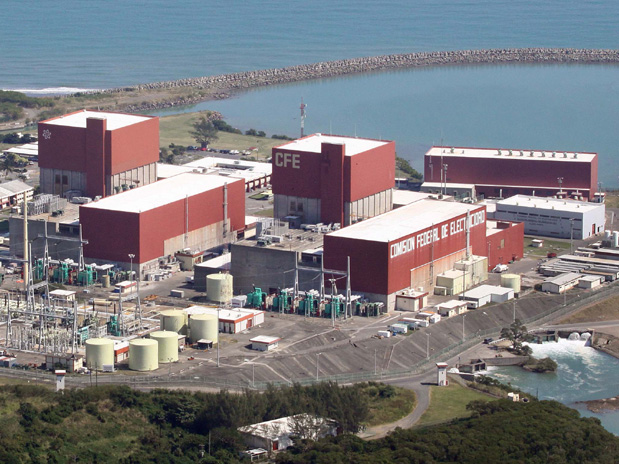Lotilla (seated, at left) and Blinken (seated, at right) sign the 123 Agreement in San Francisco. Looking on (left to right) are Ann Ganzer, principal deputy assistant secretary, Bureau of International Security and Nonproliferation, U.S. State Department; Ferdinand Marcos Jr., Philippine president; and Daniel Kritenbrink, assistant secretary, Bureau of East Asian and Pacific Affairs, U.S. State Department. (Photo: @SecBlinken/X)
The United States and the Philippines last week signed a civil nuclear cooperation agreement—known in policy wonk jargon as a 123 Agreement.
Philippine president Ferdinand R. Marcos Jr. and Vice President Harris meet in Manila on November 21. (Photo: Office of the Press Secretary, Republic of the Philippines)
During a recent weeklong trip to Southeast Asia aimed at bolstering U.S. economic and security ties in the region, Vice President Kamala Harris announced the launch of nuclear energy partnerships with Thailand and the Philippines.
Currently, neither country enjoys the benefits of nuclear power. Both rely primarily on some mix of petroleum, natural gas, and coal for their energy needs.
Mexico's Laguna Verde nuclear power plant, on the coast of the Gulf of Mexico in the state of Veracruz.
An agreement between the United States and Mexico on civil nuclear cooperation has entered into force, the U.S. State Department announced last week. While first proposed in 2016 and finalized and signed in 2018, the pact only received approval from the Mexican Senate this March.





